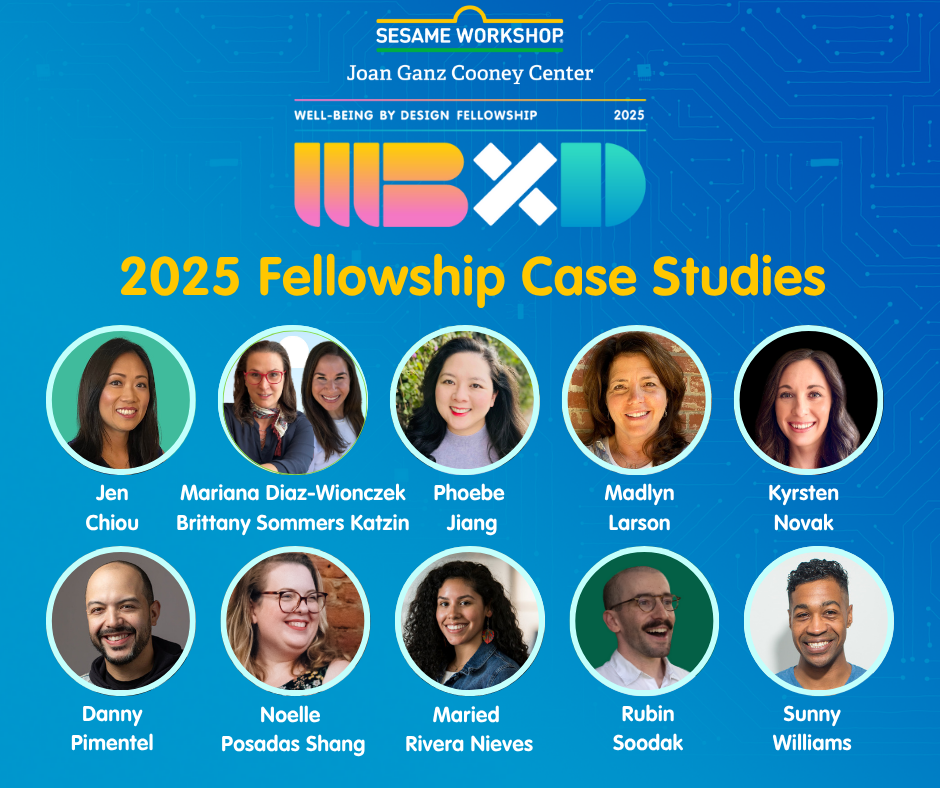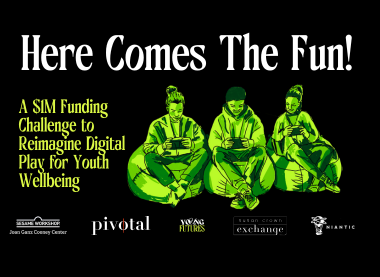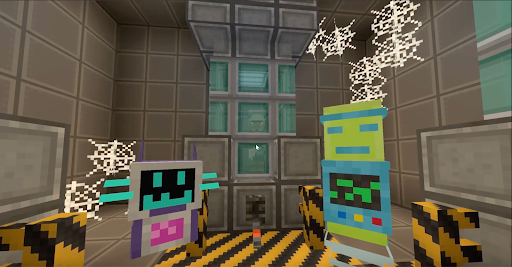
Have you ever believed something and then found out it wasn’t true? It happens to all of us, even when we have the best intentions! In fact, while curiosity about something often leads us to learning, it can also expose us to misinformation and unreliable sources that may lead us into conspiratorial thinking. This is increasingly true in our current digital environment, where innocuously clicking on an interesting video or link can lead to recommendations that draw users into an endless flow of content. As we continue to explore, we can be drawn down “the rabbit hole,” quickly accelerating us into polarizing beliefs.
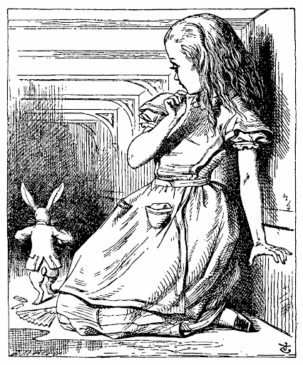
Named after the famous rabbit hole from Lewis Carroll’s Alice in Wonderland, the rabbit hole effect has its origins in digital information overload caused by social media and platforms such as YouTube and Wikipedia. Children are especially vulnerable to the rabbit hole effect, as their cognitive abilities are still developing. This makes it essential for the younger generation to build resilience against misinformation in an increasingly digital world.
Yet, there is increasing evidence that misinformation is not only an issue of “false news” or “bad facts”, but also as an issue of misaligned collective sensemaking. This means that as people fall into the misinformation rabbit hole, it isn’t just a matter of teaching them to identify what is true or false, but encouraging them to reflect on the ways that our identities and social experiences inform how we come to understand the information placed in front of us. It is about building empathy, understanding, and being open to listening to others.
Typically, many approaches to misinformation literacy and resilience focus on helping kids to verify facts and sources. Though certainly an important skill, if misinformation also arises from collective sensemaking, it stands to reason that helping kids practice understanding misinformation together is also important. Therefore, with this as our foundation, our team at KidsTeam UW, along with support from Foundry10, spent two and a half years co-designing a game with youth to help children reflect on the social aspects of the misinformation rabbit hole.
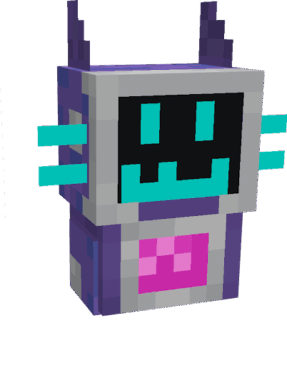
Starbound Secrets: A Co-Designed Social Misinformation Game
Imagine you are speeding through space! You are hoping to find a cure for the Space Pig Flu that your best friend Missy caught when trying to save a puppy on another planet. Luckily, you hear about the Dragon Tear, a mysterious gem said to be able to cure any sickness. The only problem is, the gem is said to be on an abandoned StarCorps ship… With your trusty AI companion Bomi by your side, will you find the cure and find out the fate of the ship’s crew? Or will you become another lost soul aboard the ghost ship?
Check out our Game’s intro video
These are the questions we ask players to consider as they explore an abandoned ship in our game, Starbound Secrets. The game is a live, interactive event played by teams of 2-3 players with a game host. As mentioned above, the game emulates a “rabbit hole effect” related to misinformation, where the first pieces of evidence are believable but become more outrageous over time. There are three parts to the game, each to facilitate reflection for the players:
The Minecraft World
The first part of the game is the Minecraft world, where players get to explore the abandoned ship. While exploring, they solve puzzles and search for clues about what happened on the ship. They also meet a cast of characters who they also need to decide if they trust or not. The game culminates in the “tipping point,” where players must make a choice based on the information and characters they meet.

The Trustworthiness Activity
As players explore the ship, piecing together the mystery, they also work together outside the digital world to reflect on the characters and information they come across during the game. This is done through placing cards on a line of least trustworthy to most trustworthy. This activity, designed by three of our child co-designers, helps to prompt players to slow down, ask themselves what they are encountering, and acts as a scaffold to help them explore why they make their choices at the tipping point.

The Debrief
After completing the game and making a choice at the tipping point, players engage in the debrief, where they are asked to think about their attitudes, emotions, and decision-making processes regarding their choices in the game. Players first reflect on the reasoning behind their choice during the game in their teams. Afterward, all players compare their reasoning and make broader connections to the rabbit hole effect in their everyday lives.
Building Misinformation Resilience through Social Reflection
Although the game provides a fun environment to explore, the real magic happens when kids step away from the screen and talk with each other, questioning why they think certain ideas about the characters and the misinformation. Allowing them the space to discuss leads to conversations about how trustworthy Missy is (a common belief among the kids has been that Missy is faking her space pig flu) and reflections on why a classified document is or is not more trustworthy than a message from the captain of the ship let them learn from one another and practice seeing how others ideas also help them to interpret information. Many of the children in our testing discussed how feelings, trust, and apathy lead them to make quick assumptions about the characters and information encountered in the game.
Through co-designing and testing our game, it became clear to us that one of the most important ways to help kids build resilience to misinformation is to encourage them to talk with one another. In particular, offering kids time to reflect together, discuss, disagree, and change their minds while in a team allows them to better understand the ways in which our social experiences also impact how we come to interact with the growing information environments we live within. Starbound Secrets seeks to help kids practice these skills within the setting of a game, where conspiracies of aliens and corporations run wild, but the same practice can happen in everyday life. Our work suggests that if you want to help kids build resilience to misinformation, try talking with them and reflecting together on the ways we make assumptions.
If you want to try out the game on your own or with the kids in your life, you can download the game for free at lokisloop.org (along with other cool games like misinformation escape rooms)! Our Misinformation Play Pack, which is aimed specifically for kids 8-15, includes two other curricula to help kids think about misinformation. AI (Mis)Adventures is a set of six play-based activities designed to support children’s understanding of AI by helping them reflect on how AI works, the role of bias, and the ways that people use AI to share and spread misinformation. The Reel Deel, a set of six interchangeable modules, is designed to help children unravel the complexities of how videos serve as both carriers and amplifiers of misinformation.

Michele Newman is a doctoral candidate in the Information School at the University of Washington advised by Dr. Jin Ha Lee and Dr. Jason Yip. She is also a member of the UW Gamer Group and the Digital Youth Lab working with KidsTeam UW and KidsTeam SPL. Her research broadly explores how the design and use of software can support creativity and aid in the creation, transmission, and preservation of cultural heritage and knowledge.
